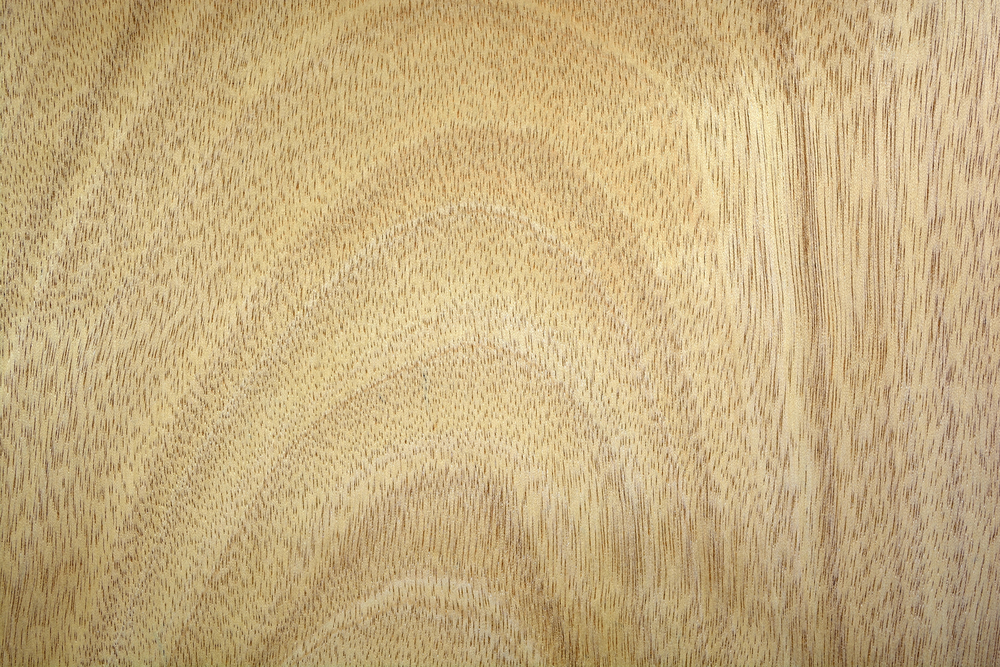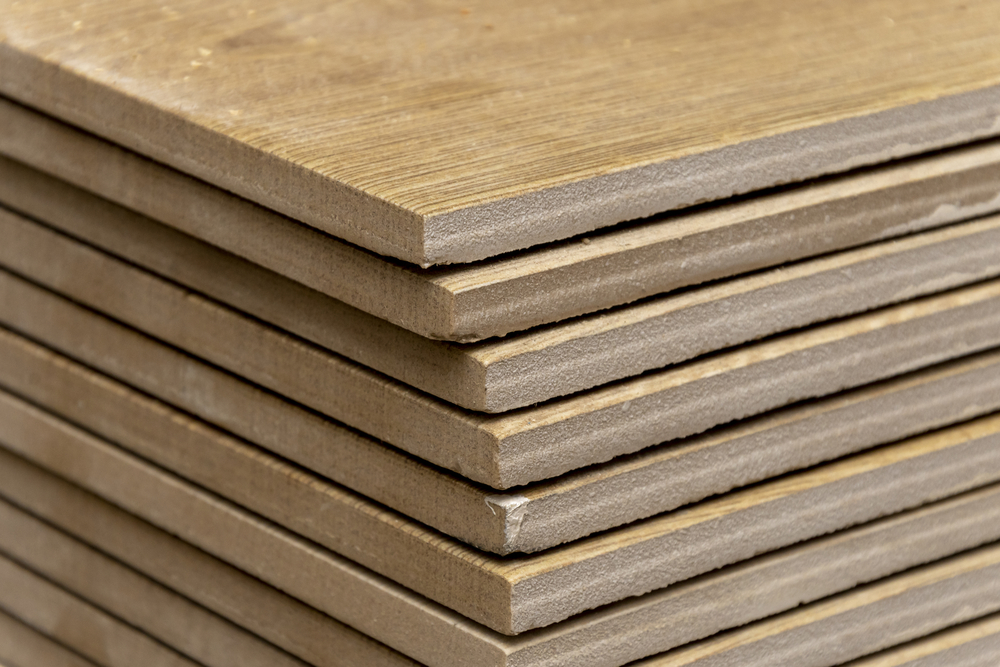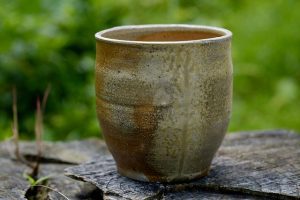BCX plywood stands as a versatile and reliable material in the realm of construction and woodworking. This engineered wood product comprises layers of thin wood veneer bonded together with adhesives, offering strength, stability, and a smooth surface finish. In this comprehensive guide, we delve into the intricacies of BCX plywood, exploring its composition, applications, benefits, and considerations.

Composition and Construction of BCX Plywood
BCX plywood is constructed using a combination of B-grade face veneer and C-grade inner plies. The ‘B’ grade denotes plywood with a relatively smooth and knot-free surface, suitable for applications where appearance matters. On the other hand, the ‘C’ grade represents a lower quality veneer with more knots and imperfections, primarily used for structural support.
The layers of veneer are bonded together with adhesive, typically a waterproof glue such as phenol-formaldehyde or melamine formaldehyde. This bonding process ensures the plywood board’s strength and durability, making it suitable for both interior and exterior applications.
Applications
BCX plywood finds a wide range of applications across various industries and projects. Its versatility makes it a preferred choice for both professionals and DIY enthusiasts alike. Some common applications include:
- Construction: BCX plywood is extensively used in construction for sheathing, subflooring, roofing, and underlayment. Its structural strength and resistance to moisture make it ideal for these applications.
- Cabinetry and Furniture: The smooth surface finish makes it suitable for cabinetry, furniture, and millwork projects. It can be painted, stained, or laminated to achieve desired aesthetics.
- Exterior Projects: Due to its weather-resistant properties, BCX plywood is often used in exterior projects such as fences, sheds, and outdoor furniture.
- Decorative Panels: BCX plywood with a high-quality face veneer can be used for decorative wall panels, ceilings, and architectural elements.
- DIY Projects: From shelves and storage units to signage and display boards, BCX plywood serves as a versatile material for a wide range of DIY projects.
Benefits of BCX Plywood
BCX plywood offers several benefits that contribute to its popularity and market, among builders, architects, and craftsmen:
- Strength and Durability: The layered construction provides exceptional strength and durability, making it suitable for structural applications.
- Versatility: It can be easily cut, shaped, and installed, allowing for versatility in design and construction.
- Thickness: BCX plywood is available in various thicknesses, typically ranging from 1/4 inch to 3/4 inch.
- Wood: BCX plywood is primarily made from wood, typically sourced from various types of trees.
- Moisture Resistance: It is engineered to withstand moisture and humidity, making it suitable for both interior and exterior use.
- Smooth Surface Finish: The B-grade face veneer provides a smooth and uniform surface finish, reducing the need for additional finishing work.
- Sanded: This may come sanded or unsanded, depending on the specific requirements of your project.
- Board: It is often referred to as a “board” due to its flat, board-like appearance
- Cost-Effectiveness: Compared to solid wood or other engineered wood products, offers a cost-effective solution without compromising on quality or performance.
Considerations
While BCX plywood offers numerous advantages, there are some considerations and options to keep in mind when using this material:
- Grading Variations: Quality may vary depending on the manufacturer and grading standards. It’s essential to inspect the plywood carefully before purchase, especially if appearance is a critical factor. is a type of exterior plywood made from a combination of B-grade face veneer and C-grade inner plies. It’s known for its durability and versatility in various applications.
- Environmental Impact: Like other wood products, comes from a natural resource. Consider sourcing plywood from sustainable forestry practices to minimize environmental impact.
- Proper Handling and Installation: Ensure proper handling and installation to prevent damage and maximize the lifespan. Follow manufacturer recommendations for storage, cutting, and fastening.
- Finishing Requirements: While it comes with a smooth surface finish, additional finishing may be required for certain applications. Consider factors such as painting, staining, or sealing based on the project requirements.
BCX plywood stands as a reliable and versatile material with a wide range of applications in construction and woodworking. Its strength, durability, and ease of use make it a preferred choice for various projects, from residential renovations to commercial construction. By understanding its composition, applications, benefits, and considerations, builders and craftsmen can make informed decisions when selecting.




